Prescribing for the first time is a nerve-wracking experience. Of all the tasks performed by new doctors, it is probably the one with greatest direct impact on the wellbeing of patients. Safe and effective practice rests on a good understanding of both clinical pharmacology and practical prescribing. Acquiring this is not easy, particularly when faced with reams of information about hundreds of unfamiliar drugs, often presented in a way that appears detached from clinical reality.
This book is your starting point. It is a direct response to requests from students for a compendium of the 100 most important drugs in the NHS. Key information about the clinical pharmacology and practical prescribing of each drug is presented side-by-side, allowing you to direct your attention as appropriate for your stage of training. Drugs can be accessed alphabetically when you need quick information on the wards and by organ system or clinical indication when you are at your desk.
Research led by Professor Emma Baker has identified the ‘top 100 drugs’ by their importance and prescribing frequency. She has shown that the list changes little over time, making it a stable resource upon which to base learning.
- The top 100 drugs and the five most important intravenous fluids are presented using a clear, consistent layout across double-page spreads.
- Drugs are arranged alphabetically and also listed by organ system and clinical indication, providing multiple pathways into the information.
- Clinical pharmacology is discussed under the headings: common indications; mechanisms of action; important adverse effects; warnings; and important interactions.
- Practical prescribing is discussed under the headings: prescription; administration; communication; monitoring; and cost.
- A clinical tip is presented for every drug.
- Single-best-answer questions are provided for self-assessment and to show how information from several drugs may be integrated.
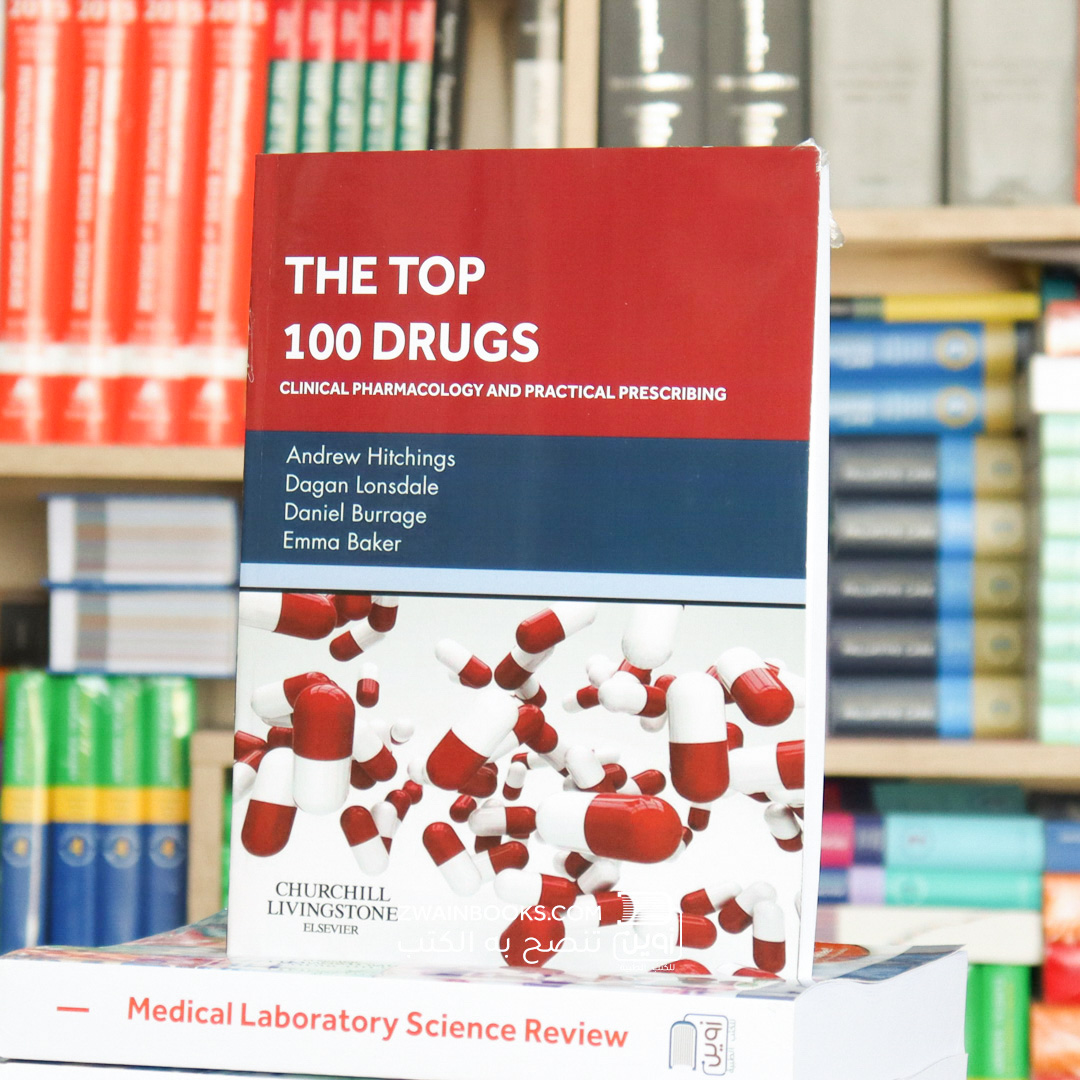






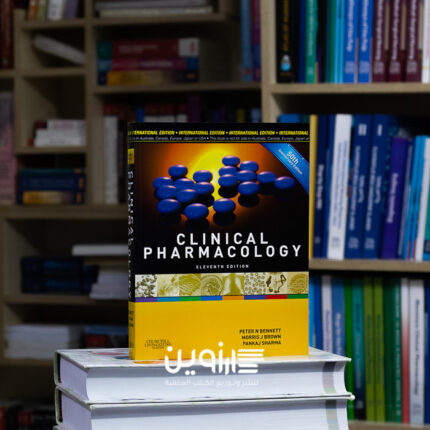



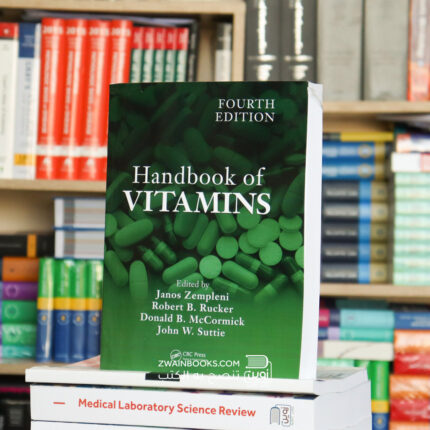
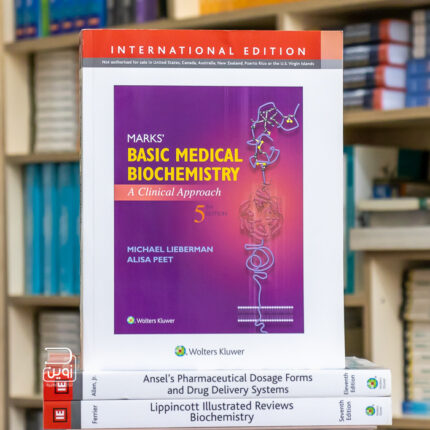

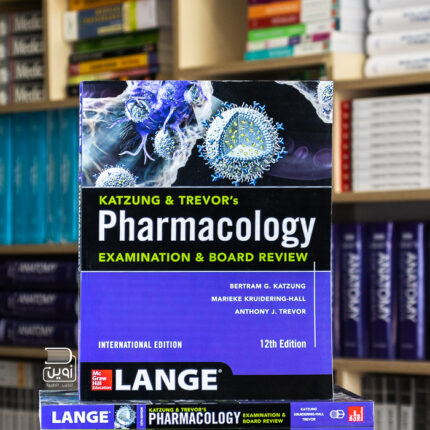
المراجعات
لا توجد مراجعات بعد.